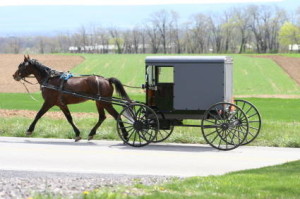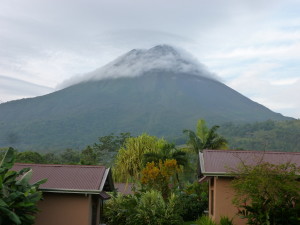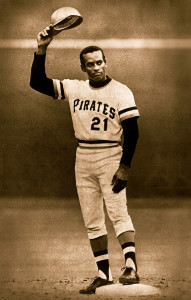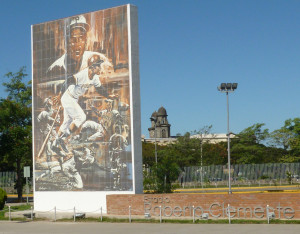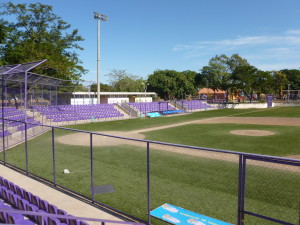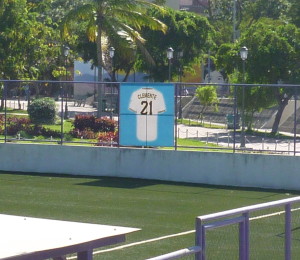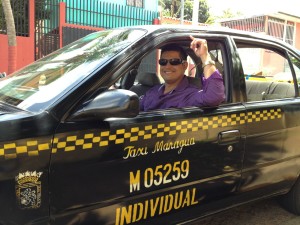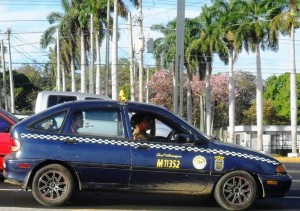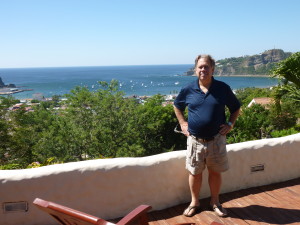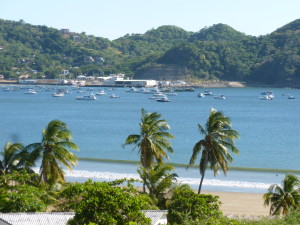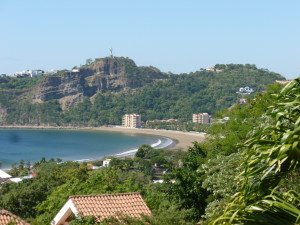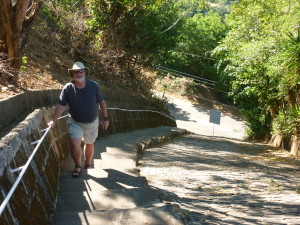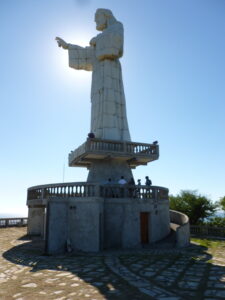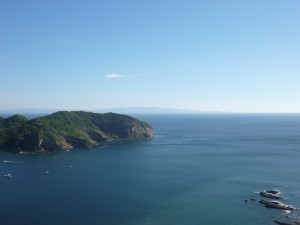We spend considerable time planning. As Admiral Painter (aka Fred Thompson) told Jack Ryan in The Hunt for Red October in his slow Tennessee drawl, “The average Russkie doesn’t take a dump, son, without a plan.” I believe the “plan” is what makes for a smooth trip. Spontaneity is clutch and fuels the adventure factor, but the base plan needs to be in place upon arrival so the essentials of life are already taken care when you disembark at the airport (think bottom two layers of Maslow’s Hierarchy–see below). If the ancient philosophy of stoicism is the pursuit of tranquility, good planning is the road to get there.
Planning
We’ve carefully developed pre-trip and packing checklists (links provided below) that have become instrumental in making our trips easier to plan, to travel, and far more care-free once we get there. As a result, we can confidently be ready in a day to leave for months at a time on a moment’s notice and not worry about forgetting a thing.
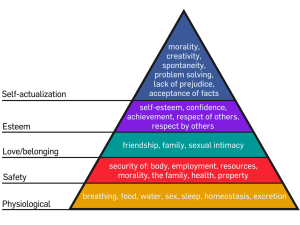 Tops on the list is the “where,” of course, but we talk about next year all year long and agree on the destination long before we start the planning. This year, because of my two-week scouting mission in December 2014 to Managua, Nicaragua, the “where” was easy to answer. During my previous visit here I stayed at a small boutique hotel that is centrally located in the city of Managua. The hotel has but 20 rooms plus two apartments. We rented one of the apartments for four months with a second bedroom and bath for guests. It’s in a convenient location in the city and the hotel staff are some of the nicest people we’ve met in all our travels anywhere. The pool is right outside the apartment door! Grocery store, pharmacy, mall, lots of restaurants, are all within walking distance. Good planning. Peace and tranquility upon arrival.
Tops on the list is the “where,” of course, but we talk about next year all year long and agree on the destination long before we start the planning. This year, because of my two-week scouting mission in December 2014 to Managua, Nicaragua, the “where” was easy to answer. During my previous visit here I stayed at a small boutique hotel that is centrally located in the city of Managua. The hotel has but 20 rooms plus two apartments. We rented one of the apartments for four months with a second bedroom and bath for guests. It’s in a convenient location in the city and the hotel staff are some of the nicest people we’ve met in all our travels anywhere. The pool is right outside the apartment door! Grocery store, pharmacy, mall, lots of restaurants, are all within walking distance. Good planning. Peace and tranquility upon arrival.
Ultralight, Hassle-Free Packing
We travel light purposefully. By not checking bags, we are able to be more nimbly around the airport and there’s zero chance of the airline losing our bags. With a GORUCK GR-2 backpack and a McCoolker Multifunction Messenger Bag (it’s NOT a man-purse, dammit) along with a Maxpedition attachable shoulder pad, I can pack everything I need for a trip of indeterminate duration and not have to check any bags. As it turns out, much to many travelers surprise, they have laundry services around the world so packing 30 outfits for the month becomes somewhat crazy. And, what you might need more of can be purchased wherever you go. Obviously, hair products are not high on my list.
I’ve become a true believer in the Tim Ferris (author of the 4-Hour Work Week) “buy it there” concept (B.I.T.). Basically, the BIT idea is to pack lean and light and purchase what you need when you arrive at your destination rather than lugging stuff. For example, we buy the sample sizes of toothpaste, deodorant, etc. at the grocery store for our backpacks. When we arrive at our destination we are good for about 4-5 days, perhaps more, until we do the Arrival Grocery List run to stock up. We then purchase the local full-sized version of our supplies for use during our stay–NOTE: Brand names in foreign countries differ so you really have to read labels to find equivalent products. As soon as we do so, we restock the sample-sized versions in our backpacks, if necessary, and we’re ready for the next journey. Doing so let’s us pack only what is essential without the excess weight of larger supplies. By the way, this works whether you are staying for 4 months or a shorter vacation (1-2 weeks). Why carry what isn’t necessary?
We pack enough clothing for about a week and then rely on local services to “refresh” our clothes. I’ve done a lot of reading about the concept of ultralight backpacking–ultra referring to super light weight. Consider that when carrying all your belongings for the trip with you on your back, a few extra ounces here and there end up turning into excess pounds and I’ve become very conscious of what things weigh (no, NOT obsessive compulsive). My goal is for my backpack to weigh in under 20 pounds, the lighter the better. For example, I usually pack six shirts (two collared polo shirts; five t-shirts–remember I’m also wearing one of these on the flight). A typical Russell Athletic cotton T-shirt weighs about 10.7 ounces; the Under Armour Tech-T Shirts are 6.4 ounces each–a difference that may seem inconsequential. But, you would end up carrying 3.4 extra ounces times 6 shirts = 20.4 ounces extra by packing cotton. That’s ~1.4 POUNDS of extra weight with no significant benefit. The Tech-Ts are a lightweight, quick drying, breathable fabric that is wonderful in hot weather. They are 100% polyester, which I normally avoid like the plaque, but the weave of the fabric is somehow different and breathable. I love them. They also fold compactly. Granted the Tech-Ts are more expensive than cotton but I don’t have to lug the extra weight. And that 1.4 pound savings is just the shirts. Shaving ounces across shorts, underwear, supplies, etc. adds up to real pounds.
Similarly, I buy lightweight, breathable, quick drying travel pants that have zip-off legs and usually only take one “pair of legs” along. Since our travels are usually someplace warm, the occasions where I need long pants are few and far between. I also buy ExOfficio Underwear which are similarly lightweight, breathable, and quick drying…you’ve got to love their advertising slogan: 17 countries. 6 weeks. One pair of award-winning underwear. (Ok, maybe two.) Keep the secret but I pack more than two.
With underwear, t-shirts, shorts, a pair of Teva sandals, and a pair of Merrell Moab Ventilator Hiking Shoes, I’m all set. I pack the sandals because they can lie flatter and I wear the hiking shoes on the flight. Upon arrival, I switch to the sandals for everyday wear–have rarely worn socks since I retired !!! The hiking shoes I use only if we are going on nature hikes in the wilds of wherever we are or in, heaven forbid, cold weather. The Teva sandals are quite comfortable for all the walking we do.
For your reading pleasure here are links to our Pre-Trip Planning Checklist and the Travel Packing Checklist. Put your seat in the upright position, stow your tray tables, and fasten your seat belts.
We’re off. Godspeed.


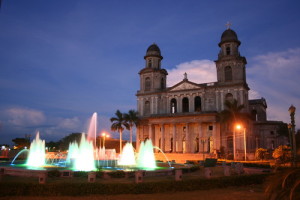
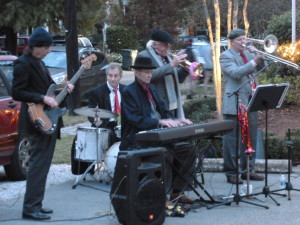
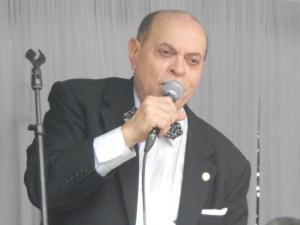
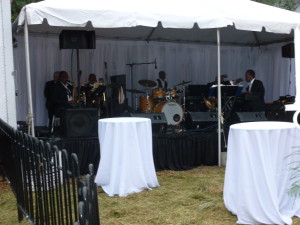 were gathered enjoying drinks, hors d’oeuvres, and listening to the music. The dog panicked and started darting from table to table looking for a place to hide, get away from the people, and in the process caused a bit of panic among the guests. The guy also threatened the hostess, choked the skinny waiter who tried to intervene, and even though the guy had 40 pounds on the waiter, the waiter tossed him to the ground directly behind me on the sidewalk before the police were summoned. In true professional fashion, the band played on as if nothing were happening. I, on the other hand, thought “Holy cow! This is great! You can’t get tickets to this kind of entertainment!!!!”
were gathered enjoying drinks, hors d’oeuvres, and listening to the music. The dog panicked and started darting from table to table looking for a place to hide, get away from the people, and in the process caused a bit of panic among the guests. The guy also threatened the hostess, choked the skinny waiter who tried to intervene, and even though the guy had 40 pounds on the waiter, the waiter tossed him to the ground directly behind me on the sidewalk before the police were summoned. In true professional fashion, the band played on as if nothing were happening. I, on the other hand, thought “Holy cow! This is great! You can’t get tickets to this kind of entertainment!!!!”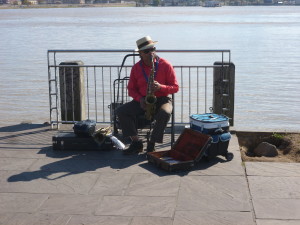
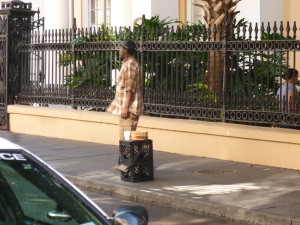

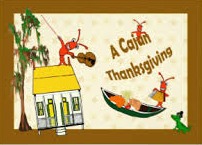
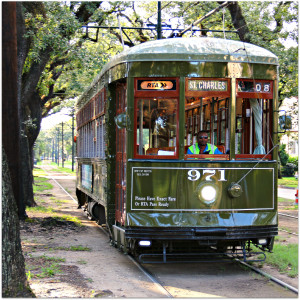
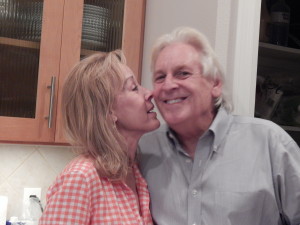
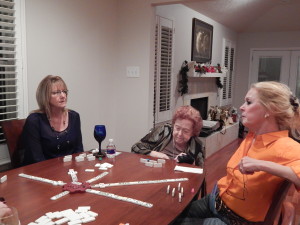
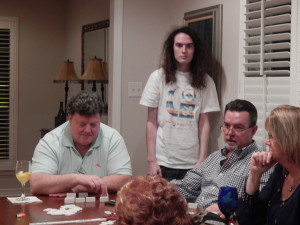
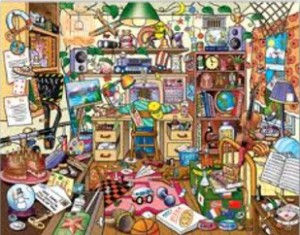
 Perhaps the most difficult task, both physically and emotionally, was to thin out our accumulated belongings. Hard to believe but we have reduced 43 years of married clutter into 54 banker boxes and kept but five pieces of furniture that are family heirlooms with which we couldn’t part.
Perhaps the most difficult task, both physically and emotionally, was to thin out our accumulated belongings. Hard to believe but we have reduced 43 years of married clutter into 54 banker boxes and kept but five pieces of furniture that are family heirlooms with which we couldn’t part.